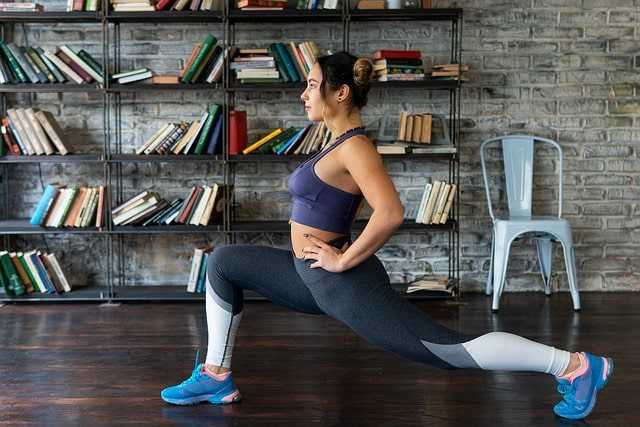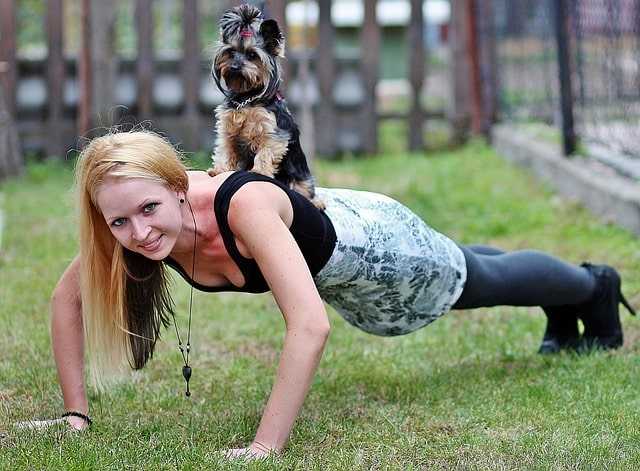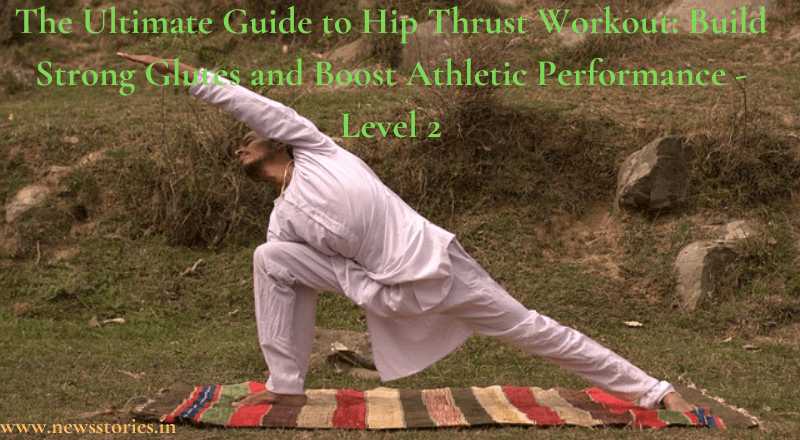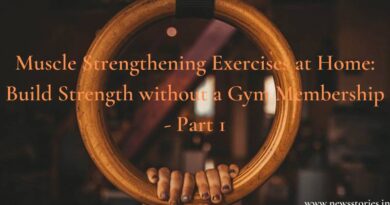The Ultimate Guide to Hip Thrust Workout: Build Strong Glutes and Boost Athletic Performance – Level 2
Incorporating Hip Thrusts into Your Workout Routine
To optimize your Hip Thrust Workout training and experience the full benefits of hip thrusts. Consider incorporating them into your workout routine. Here’s a sample glute-focused workout that includes hip thrusts.
Warm-Up: Begin with a dynamic warm-up. Including exercises such as glute bridges, walking lunges, and bodyweight squats.
Compound Lower Body Exercise: Perform a compound lower body exercise, such as squats or deadlifts, to target multiple muscle groups.
Hip Thrusts: Follow the instructions provided earlier in this article to perform hip thrusts with proper form and technique. Start with a moderate weight and raise it gradually as you advance.
Accessory Glute Exercises: Include accessory exercises that further target the glutes. Such as glute bridges, Romanian deadlifts, or lunges.
Cooldown and Stretching: Complete your workout with a cooldown routine, including stretches for the glutes, hamstrings, and quadriceps.
Remember to adjust the volume and intensity of your workouts based on your fitness level and individual goals. Consistency and progressive overload are key to achieving optimal results.
Hip Thrusts for Athletes

Hip thrusts offer numerous benefits for athletes, regardless of the sport or activity they participate in. Here are some reasons why athletes should incorporate hip thrusts into their training routines.
Explosive Power: Strong glutes developed through hip thrusts contribute to explosive movements. Such as sprinting, jumping, and changing direction quickly.
Improved Speed and Agility: Powerful glutes enhance an athlete’s ability to generate force and move efficiently. Leading to improved speed and agility on the field or court.
Injury Prevention: Strong glutes help stabilize the pelvis, reducing the risk of common lower body injuries. Such as hamstring strains and knee pain.
Enhanced Performance in Sports: Whether it’s running, cycling, soccer, or basketball, powerful glutes play. A crucial role in generating force, improving performance, and preventing muscle imbalances.
Also Read : https://newsstories.in/the-ultimate-guide-to-rowing-machines-unleash-your-fitness-potential/
The Science Behind Hip Thrusts
The effectiveness of the hip thrust exercise is supported by scientific research. Several studies have examined glute activation, muscle recruitment. And performance benefits associated with hip thrusts. Here are some key findings.
A study published in the Journal of Orthopedic & Sports Physical Therapy found that hip thrusts activate. The gluteus maximus to a greater extent than traditional exercises like squats and deadlifts.
Another study published in the Journal of Applied Biomechanics compared hip thrusts, back squats, and leg presses. And concluded that hip thrusts produced the highest peak hip extensor force and gluteus maximus activation.
A research paper published in the Journal of Strength and Conditioning Research reported that hip thrusts. It can enhance sprint performance and acceleration by improving glute strength and power.
These studies demonstrate the scientific basis behind the effectiveness of hip thrusts. for glute development and athletic performance.
Frequently Asked Questions (FAQs)

Q: Are hip thrusts only for women?
No, hip thrusts are beneficial for both individuals. The exercise targets the gluteal muscles. Which are essential for overall lower body strength and athletic performance.
Q: How many times per week should I do hip thrusts?
The frequency of hip thrust workouts depends on your individual goals and training program. It is generally recommended to perform glute exercises. Including hip thrusts, two to three times per week with adequate rest days in between.
Q: Can I do hip thrusts without weights?
Yes, you can start with bodyweight hip thrusts and gradually increase the intensity by adding resistance bands. Dumbbells, or weight plates as you progress.
Q: Can hip thrusts help with lower back pain?
Yes, strengthening the gluteal muscles through hip thrusts can help alleviate lower back pain. By promoting balanced muscle development and improving overall posture.
Q: Are there any alternatives to the barbell for hip thrusts?
Yes, if you don’t have access to a barbell, you can use other equipment like dumbbells, kettlebells, or resistance bands. To add resistance to your hip thrusts.
Q: Can I do hip thrusts if I have knee pain?
If you have knee pain or any other pre-existing condition. It’s essential to consult with a healthcare professional or qualified trainer. Before performing hip thrusts or any other exercise.
Conclusion

Incorporating the hip thrust workout into your fitness routine can unlock the potential for strong glutes. Improved athletic performance, and enhanced overall strength. By following proper form and technique, avoiding common mistakes, and gradually progressing.
In weight and intensity, you’ll experience the remarkable benefits of this exercise. Remember to tailor your training program to your individual goals and consult with professionals if needed.
Start implementing hip thrusts today and witness the transformation of your glutes and athletic performance.
<< Previous Post
https://newsstories.in/the-ultimate-guide-to-rowing-machines-unleash-your-fitness-potential/
>> Next Post
https://newsstories.in/stationary-bike-benefits-a-comprehensive-guide-to-a-healthier-lifestyle/




